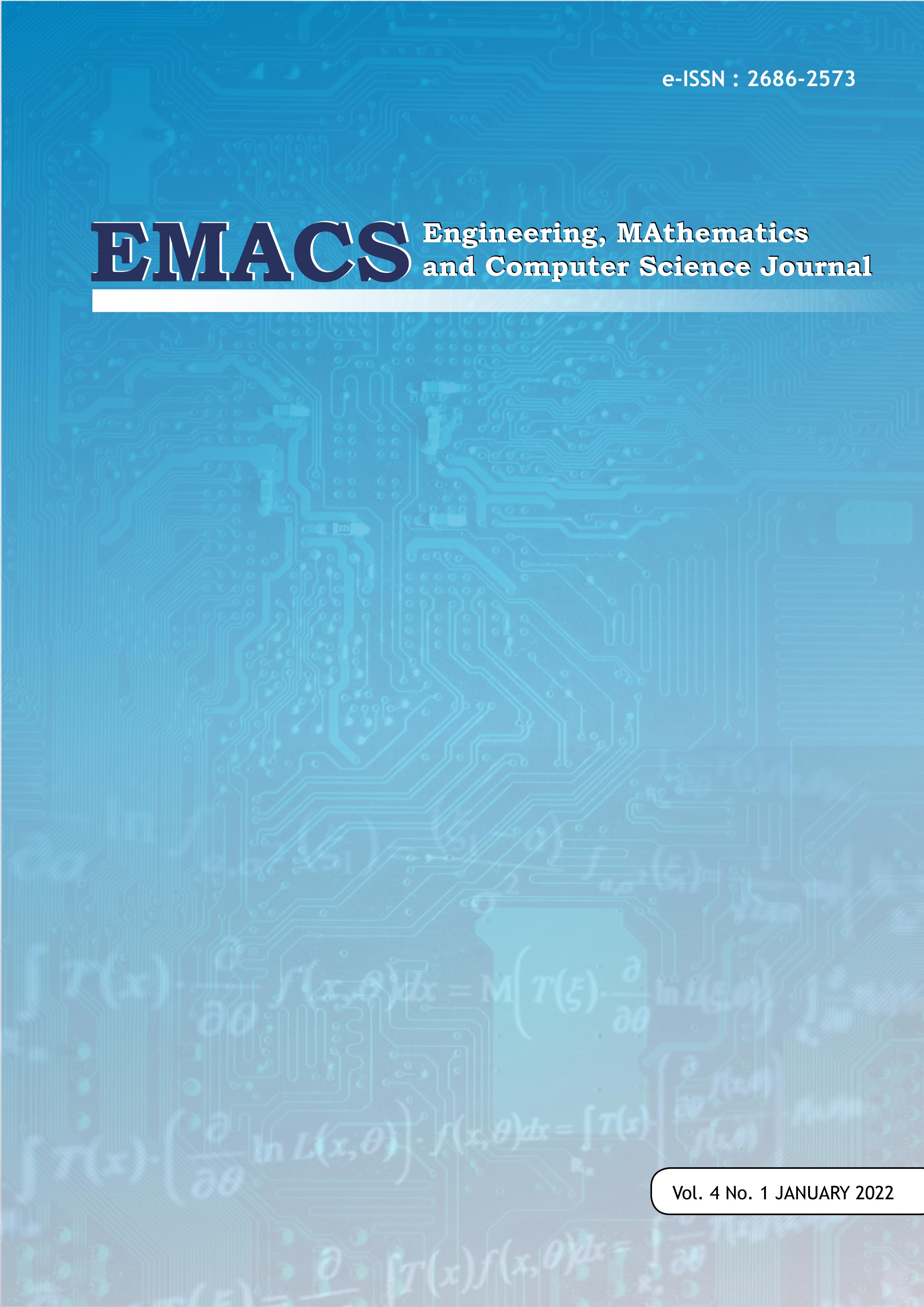Android Based Personal Finance Management Application: Design and Development
DOI:
https://doi.org/10.21512/emacsjournal.v4i1.8085Keywords:
personal finance management, mobile application, software designAbstract
The aim of this work is to design an application with the main function to ease the user in the process of managing their personal finance. The process of evaluating their financial activities record should becomes easier because the application enables their own financial goal to be monitored, controlled, and evaluated using the data. There are two phases in this research: (1) concept evaluation phase, and (2) content realization phase. The first phase produced a list of approved features that had undergone a series of concept testing. All features support all three time period: past, present, and future. Users can see their past activities, record their present transaction, and plan their future goals. The second phase produced a design for a mobile application, specifically in a form of use case diagram and class diagram. Feature comparison between similar applications had also been done twice, in the beginning and at the end. All process are done to ensure that the concept are designed as objective as possible.
References
Drexler, A., Fischer, G., & Schoar, A. (2014). Keeping it simple: Financial literacy and rules of thumb. American Economic Journal: Applied Economics , 6 (2), 1-31.
Fernando, S. D. (2016). Employee Personal Financial Literacy as Strategic Human Resource Management Initiative: With special reference to ABC Bank PLC. 7th International Conference on Business & Information ICBI – 2016, Faculty of Commerce and Management Studies (p. 9). University of Kelaniya.
Hill, A. T., & Asarta, C. J. (2016). Gender and Student Achievement in Personal Finance: Evidence from Keys to Financial Success. International Handbook of Financial Literacy .
Hokin, B. (2018). Personal Finance Problems. Retrieved 2018 from Streetdirectory: https://www.streetdirectory.com/travel_guide/166363/finance/personal_finance_problems.html
Hughes, R. J., Dlabay, R. L., & Hughes, R. J. (1994). Personal Finance (Vol. VII). Irwin: McGraw Hill.
Ivonin, L., Perry, M., & Subramanian, S. (2016). The art of spending and recommendations in personal finance. CEUR Workshop Proceedings.
Keown, A. J. (2013). Personal Finance. Pearson.
Lewis, M., & Perry, M. (2019). Follow the money: Managing personal finance digitally. In Proceedings of the 2019 CHI Conference on Human Factors in Computing Systems (pp. 1-14).
Pant, P. (2018). What’s the Difference Between Fixed & Variable Expenses. Retrieved 2018 from The Balance: https://www.thebalance.com/what-s-the-difference-between-fixed-and-variable-expenses-453774
Peng, T. C. M., Bartholomae, S., Fox, J. J., & Cravener, G. (2007). The impact of personal finance education delivered in high school and college courses. Journal of family and economic issues, 28(2), 265-284.
Rutledge, D., & Deshpande, S. (2014). The Influence of Time Orientation on Personal Finance Behaviours. Ideas in Marketing: Finding the New and Polishing the Old .
Statcounter, G. (2018). Mobile Operating System Market Share Indonesia . Retrieved 2018 from Global Statcounter: http://gs.statcounter.com/os-market-share/mobile/indonesia
Downloads
Published
How to Cite
Issue
Section
License
Copyright (c) 2022 Engineering, MAthematics and Computer Science (EMACS) Journal

This work is licensed under a Creative Commons Attribution-ShareAlike 4.0 International License.
Authors who publish with this journal agree to the following terms:
- Authors retain copyright and grant the journal right of first publication with the work simultaneously licensed under a Creative Commons Attribution License - Share Alike that allows others to share the work with an acknowledgment of the work's authorship and initial publication in this journal.
- Authors are able to enter into separate, additional contractual arrangements for the non-exclusive distribution of the journal's published version of the work (e.g., post it to an institutional repository or publish it in a book), with an acknowledgment of its initial publication in this journal.
- Authors are permitted and encouraged to post their work online (e.g., in institutional repositories or on their website) prior to and during the submission process, as it can lead to productive exchanges, as well as earlier and greater citation of published work.
USER RIGHTS
All articles published Open Access will be immediately and permanently free for everyone to read and download. We are continuously working with our author communities to select the best choice of license options, currently being defined for this journal as follows: Creative Commons Attribution-Share Alike (CC BY-SA)





